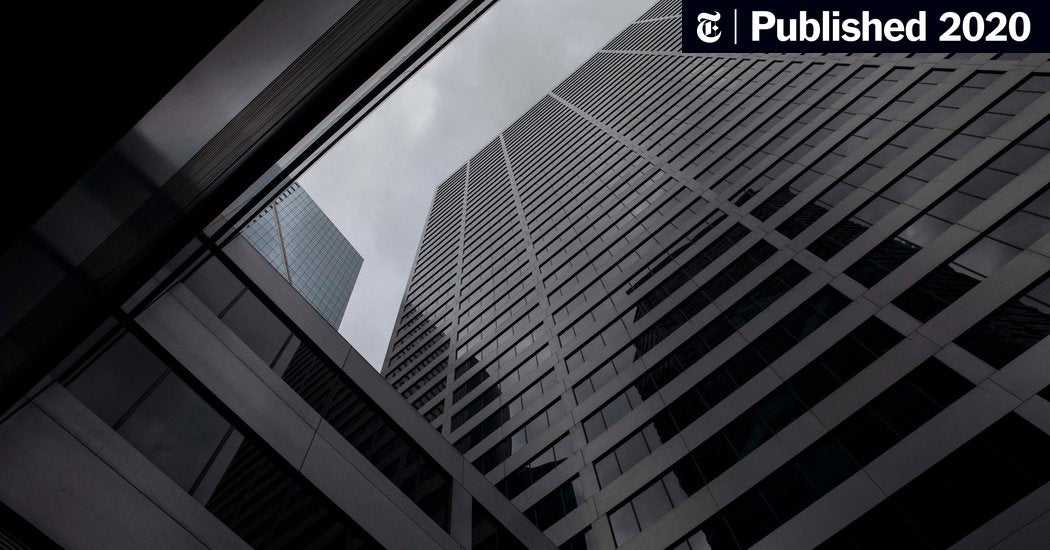To expand on those numbers, about 60 of the largest hospital chains collected $15 out of $175 billion to cover costs and lost revenue tied to treating COVID-19 patients. That’s only about 9%, but; those top 60 largest hospital chains actually account for more than 9% of the nation’s hospitals.
At least 36 chains laid off, furloughed, or reduced pay of employees. And, grant recipients included nonprofits and publicly traded firms (like HCA and Tenet Healthcare) with tens of billions in emergency cash reserves.
Where it gets controversial is the funds were allocated based on patient revenue and didn’t take into account financial need. This benefits hospitals serving wealthier, privately insured patients.
HHS said it had to get the money out fast, and accounting for need would’ve slowed things down. Hospitals didn’t have to apply for the grants, though it was encouraged they use them to pay and protect doctors, nurses, and other workers.
Bottom line is that many big hospitals are taking a hit. But their rainy day funds can survive a hurricane, whereas most smaller and rural hospitals only have 30 days of runway. “Even before COVID-19, roughly 400 hospitals in rural America were at risk of closing”, according to Alan Morgan chief executive of the National Rural Hospital Association. On average, the country’s 2,000 rural hospitals (roughly 1/3 in the nation) have enough cash to keep their doors open for 30 days.

 www.nytimes.com
www.nytimes.com

